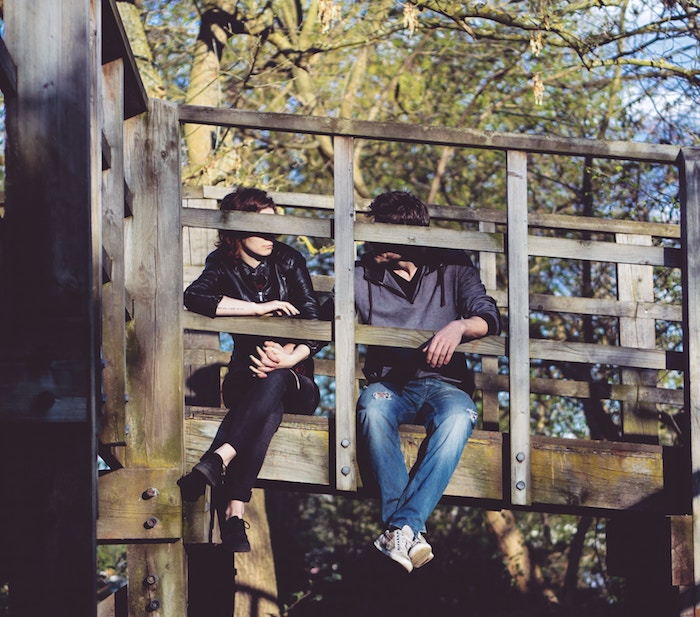Photo by Toa Heftiba on Unsplash
unpolished thoughts 12/26/2018
Each time I encounter another human, I have to adjust.
The way I am when I’m alone no longer works. My attention must rebalance, my face must become presentational and responsive, my internal wants and needs must make space for the wants and needs of others.
Before we meet, I am in the world in my own way.
My breath has a particular rhythm and I find support in particular ways from the surfaces that I move from. The voice in my head speaks with a particular tempo, rhythm and tone. It is kind or it isn’t – but it is what it is.
With you, it’s different.
You arrive on the scene relating to the world through a very different composition of the elements that I have just described. This means the addition problem of you plus me is no simple math. There are an infinite number of variables that create our shared experience.
But mostly we don’t notice.
What if we did?
If you have any kind of self-awareness practice, you have the opportunity to begin deconstructing and appreciating how complex you truly are. By noticing the smaller variables, you discover more potential levers into recreating the entire gestalt of your experience.
For example, you lie on the floor and explore a Feldenkrais lesson that introduces you to new ways of relating the soles of your feet to the ground. When you stand up, not only are your feet different – you are different.
Your breath has shifted and there is more ease in your chest. You feel taller and better able to turn to look in any direction without straining your neck. Your balance feels more stable. Your overall sense of your weight in the world is different. You feel lighter.
It’s impossible for these changes to take place in your body without affecting your state of mind. Feelings of greater stability and mobility can engender feelings of security and confidence.
At the very least, if you are not used to these feelings in your body, then your mind has to try to make sense of what happened. After all, this is still you, even if you don’t recognize what you feel.
If you are willing to accept the new sensations, then you will have to begin to tell a new story about yourself. You will not talk to your light and graceful self in the way you did when you felt heavier and clumsier.
If you remember the difference you felt in grade school between being spoken to by the teacher that loved you and the one that treated you like a nuisance, you will realize what an enormous impact it makes to change the character of the voice you carry in your head.
An awareness practice can help you make these kinds of shifts because you slow down and focus enough to notice things that usually take place below your radar. Now that you are aware of them, you can begin to rearrange them.
But what about when you and I meet? Can you still do the same thing then?
As we’ve already said, the math is more complicated now, but yes, it’s still possible.
Start small:
Notice your breath in conversation.
Notice how you find support from the surfaces below you as you orient your body to face the person you encounter.
Notice the voice in your head – does it make it difficult to listen when the other person is talking?
Where could you make a small shift to be more present with this person?
Where could you make a small shift to open more space for them to be present with you?
It’s not a simple practice, but it’s essential.
Begin with yourself and then expand to the people around you. When you learn to bring more ease to those in your company as well as yourself the reward will be even greater.
